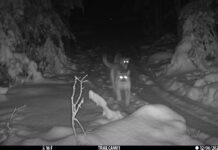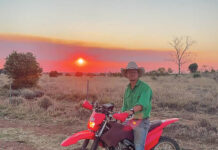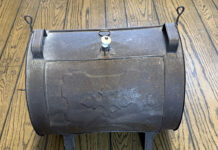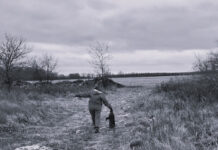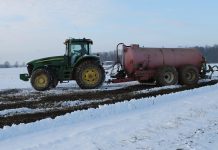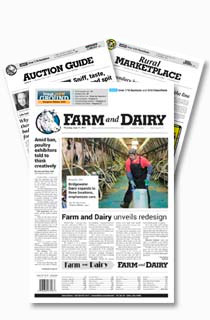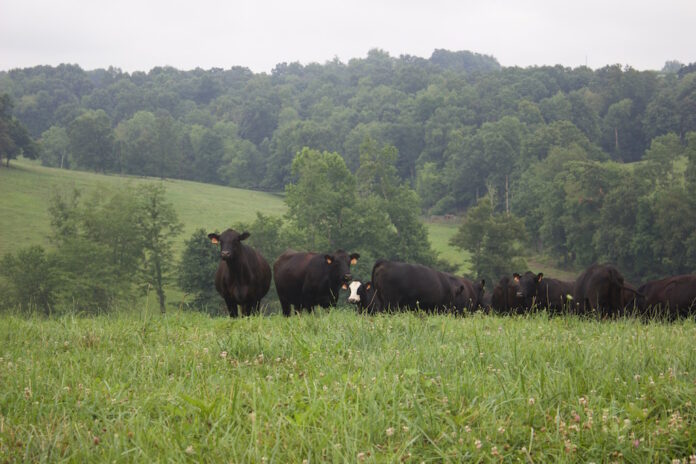
We have officially hit summer, and it has been a hot week here in Guernsey County, Ohio. During these hot days, it is important to think about our livestock.
We all know the issues we face when it comes to heat stress in cattle: high vet costs, reduced breeding efficiency, lower feed intake and decreased weight gain.
Les Anderson, a Beef Extension Professor at the University of Kentucky, shared the results of a study that was done when he first arrived at UK. It was found that extreme heat stress significantly contributed to embryonic and fetal loss during the first 45 days of gestation. If you are typically breeding during extreme heat months and do not have remarkable results, then you may want to think about adjusting your breeding schedule if possible.
Causes
Heat stress occurs when the cow’s internal body temperature rises above its comfortable range and absorbs more heat than the cow can get rid of. Cattle that are at an elevated risk to heat stress are young animals, dark colored animals and those who are sick or have a history of respiratory disease.
The thermoneutral comfort zone range for beef cattle is between 32 F to 77 F. Common signs of heat stress are increased respiration rate, increased body temperature, open mouth breathing (panting), increased water intake and decreased activity. Normal respiration rate is 30 breaths per minute, heart rate is 60 to 70 beats per minute and a temperature of 101.5 F.
Prevention
Water is the cheapest and most essential item to provide to an animal, especially when experiencing warmer weather. Producers want to make sure that they are supplying cool, clean, fresh water in the shade and that the water source is checked periodically throughout the day. Water requirements increase with heat; it is important to know your herd’s normal intake.
There needs to be enough ample space for the herd; this will vary depending on how far your cattle must travel. Research has shown that if cattle travel anywhere between 600 to 900 feet to the water trough, they will go individually. If it is more than 1,000 feet, they will go in groups. If the trough is not large enough, then those in the back of the herd will continue with the group even if they did not get any water. Typically, those at the back do not get a turn before the group continues. During the scorching summer months, animals should not have to walk far to get their water.
When thinking about types of water troughs, you want something that is sturdy and will not be easily flipped by the cattle. Concrete troughs are popular because they are sturdy and will keep water cool.
The cattle should be familiar with the location of the water source before extreme heat occurs. Young cattle may not be able to see the water trough in a new, tall pasture, which could be dangerous.
After water, shade is the second most essential element for protection against heat stress. There are many options available: trees, barns/sheds, portable shade structures or block planting of trees. If using an enclosed space, be sure to have proper ventilation. Cattle typically like natural sources of shade because they can spread out and it will allow the natural atmosphere to cool the air by evapotranspiration.
Cattle tend to stick in groups, so even if you have small spots of shade throughout your pasture, they may all huddle together which could lead to smothering. You may need to break your herd into smaller groups to prevent this.
The most important thing you can do for your livestock is to provide them with rest, shade and water during the hottest parts of the day. It is not recommended to do any type of handling or transportation during hot days unless absolutely necessary.
Owners are responsible for the welfare of their animals. With forward planning, the comfort and health of cattle during extended periods of hot weather can be improved. Overall, taking these steps to prevent heat stress will save the producer from pregnancy, weight gain and efficiency loss as well as vet costs.


